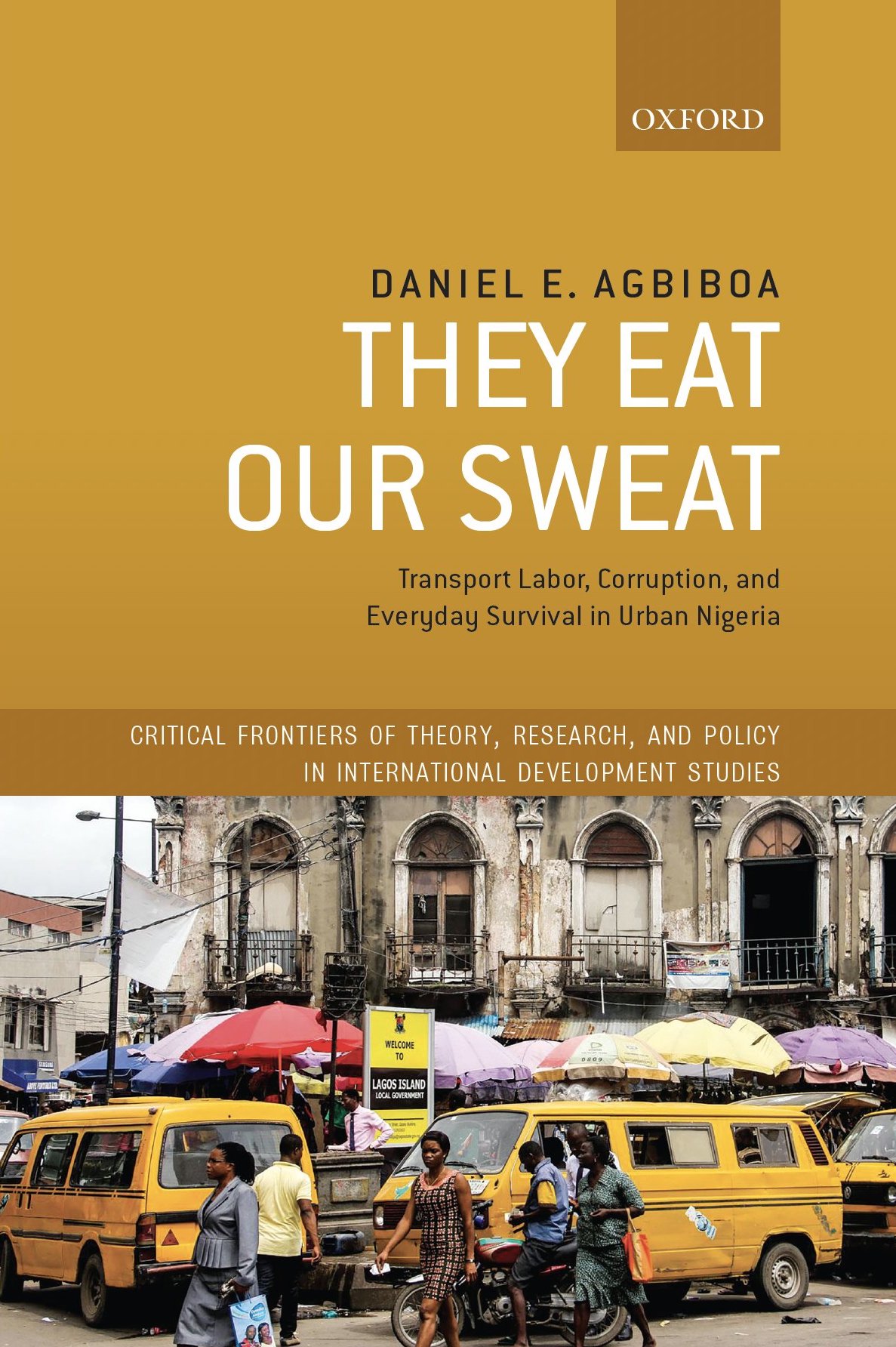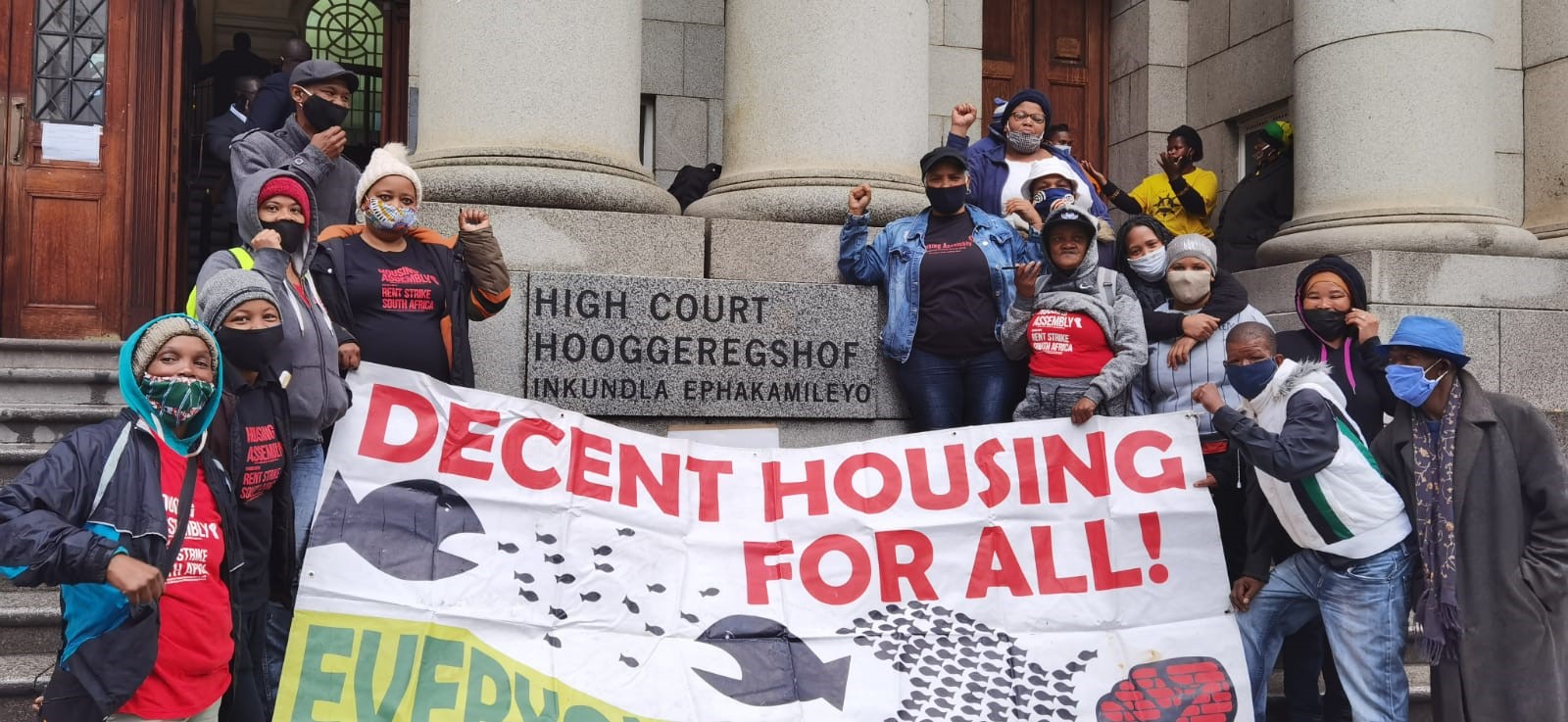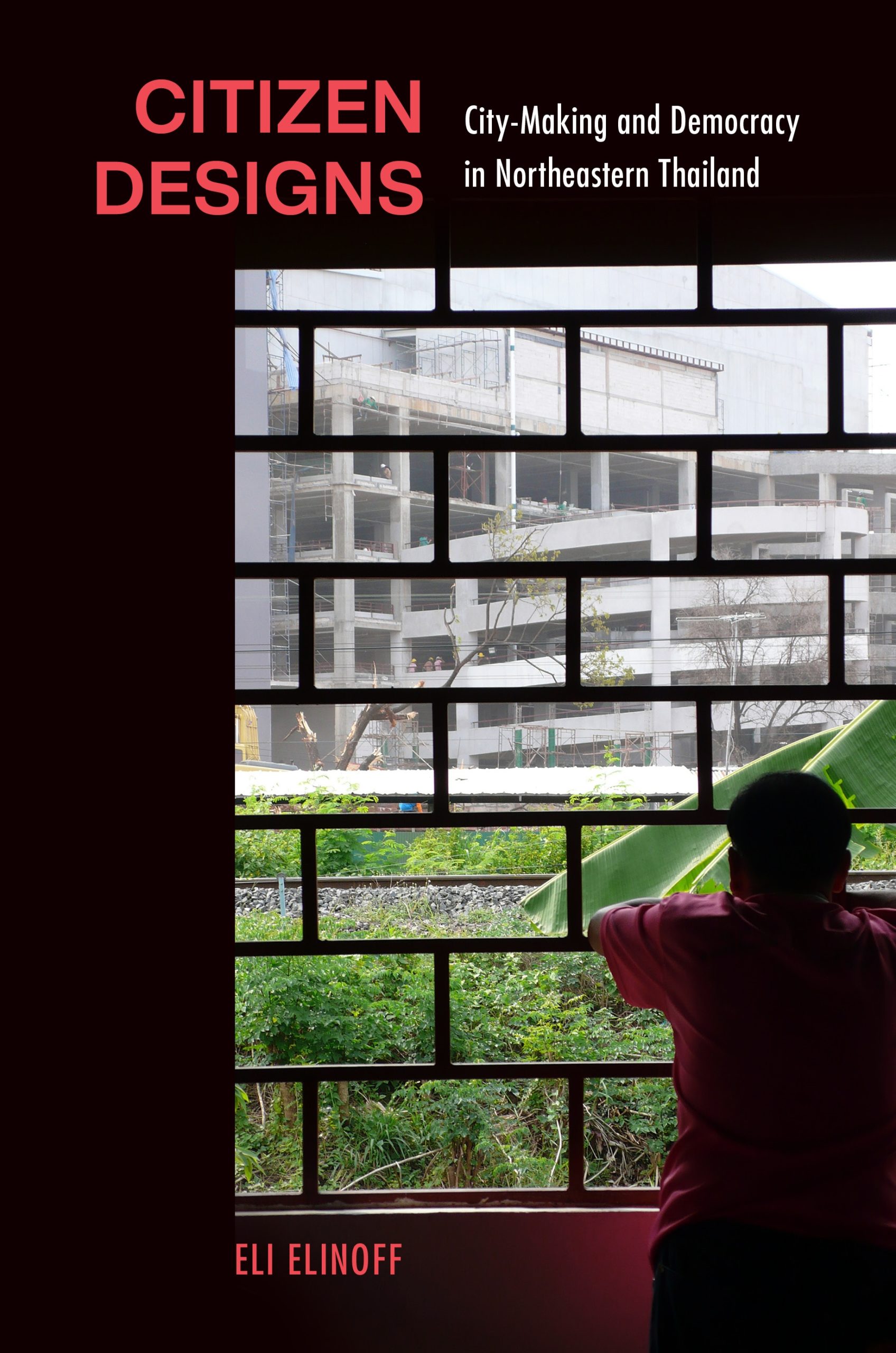S
amuel Stein’s Capital City: Gentrification and the Real Estate State is a sharp, cutting analysis of New York City’s urban planning histories, one that also helps us all understand the complexities and contradictions of the United State real estate present. While I’ve read numerous texts on US urban planning histories, this book lays it all out clearly, entwined in anti-capitalist politics and visions. As Capital City well illuminates, the history of urban planning in the US is key to understanding how we have come to live in within the times of what he calls the real estate state. While many might find the historicizing of present planning tensions and paradoxes tedious and dry, Stein manages to make the story accessible and urgent. From some of the earliest moments of settler colonialism (which endure in the present), to the current moment in which the quintessential real estate developer reigns as president, Stein helps us understand the layers of planning and capital entanglement throughout US history.
Before reading Stein’s book, I had no idea that New York City’s Broadway is a former Lenape trail. How many other streets and avenues do we so often traverse unaware of the planning palimpsest upon which they are paved, from both before and after colonization? As Stein historicizes, “Proto-planners enabled the country’s murderous westward expansion, and mapped the rail networks and other infrastructure that made it possible” (15). The development of the plantation too was part of early US planning processes, which, as Stein notes, established grounds for future urban and suburban development, not to mention extractive labor regimes. Even the first exclusionary zoning law was written to exclude Chinse people in Modesto, California, in 1885. While we are perhaps more familiar with thinking through the reverberations of redlining histories in shaping contexts of gentrification today, in this book we learn about so many other planning histories that also inform the present, including though not limited to redlining. This helps us move past some of the limitations of Richard Rothstein’s The Color of Law (2017), which has been eloquently critiqued by Destin Jenkins (2018) as too quick to blame the easy category of “government” for all Twentieth-Century histories of racial segregation. While imbricated within the government, the history of urban planning is able to tell adjacent stories, ones that often occupy interstitial spaces of negotiation, regulation, and deregulation.
While walking us through some of these of the Twentieth Century, Stein tells the story largely through New York City, a city that he knows quite well, one that, he writes, knows him too. But also, writing from his own positionality and politics, he refuses to only render an autopsy of the planning present, as Clyde Woods might say (2002). Rather, along the way, he pushes us to read moments of resistance and refusal, and to think of other ways that housing justice might, and in some ways, already is, being achieved through planning. As I continually questioned throughout reading this book, why not, in activist organizing for housing justice, do we not more often embrace the analytic of planning justice? Thinking alongside this book, how might planning justice, as a field of inquiry, help us produce housing justice on the ground?
In Capital City, Stein illuminates that it is no accident that real estate investors and capital today have taken on a new level of power, holding 60 percent of the world’s assets, 75 percent of which is in housing. While normally I am wary of analytics that center New York City as sine qua non, as the model of gentrification upon which other cities undergoing racial dispossession and capital accumulation are compared, Stein foregrounds New York City here in a careful and thoughtful way. He demonstrates why we need to look the US’s largest city and its planning histories and ruptures in understanding trends of the present, from Trump’s presidency to De Blasio’s liberal-neoliberal modes of urban governance. So many of the various iterations of racial capitalism in our cities today can and do need to be read through a critical urban planning history, and New York City, Stein suggests, is an important place from which to begin. Yet he does so noting that gentrification is not a universal phenomenon, and that it needs to be read in particular locales and across the uneven flows of global real estate capital. That said, I am curious as to how the real estate state might be written from the space of the suburbs, or, perhaps, thinking with Ananya Roy, from the South—geographically but also epistemologically (2014). But of course this book is situated within the center of real estate empire, and thus it makes complete sense that New York City is its focus.
Part of what I found most compelling about this book is that while it attends to the accumulation of former planning regimes as they shape the present, it doesn’t liken one era as the next, and rather attends to how and why different planning eras emerge, take hold, and haunt. From the early twentieth-century zoning and master planning of urban space, to the rational comprehensive planning of the mid-Twentieth Century, from the advocacy and responsive incremental planning of the 1960s and 1970s, to the neoconservative and communicative planning of the early neoliberal era, Stein walks us through what might otherwise be obscured shifts that have led to the formation of today’s real estate state. Importantly, he looks to layered histories and geographies of industry, focusing on the exurbanization of working-class production and infrastructure. While of course gentrification theory has well analyzed deindustrialization and reinvestment, what Stein reveals that while big industry once acted as counterweight to urban planning politics, exurbanization has granted urban planning unprecedented power. This then has enabled gentrification, as a spatial fix to disinvestment—a phenomenon well theorized in gentrification literature but perhaps not enough through this particular planning lens.
Putting gentrification and urban planning literatures in conversation helps Stein explain the twin concepts of the property contradiction and the capitalist-democracy contradiction in the real estate state. By these, he refers to capitalists’ desires for unrestricted profit and land value, as well as the need for liberal governments and planners to appease capitalists while also making people think that their voices are being taken into account. This is necessary in order to thwart revolutionary potential, Stein observes. This tension has led to an open but rigged nature of participatory planning. I found Stein’s description of this contradiction spot-on, as it really describes the oh-so-familiar tensions in city halls and open planning commission meetings in which rooms are packed with tenants facing displacement and anti-eviction organizers on one side, and on the other, real estate speculators and proponents on luxury and market rate development, now often known as YIMBYs (Yes In My Backyard). Despite the most heart-breaking accounts narrated by those oppressed by urban racial capitalism, and despite the most eloquent of demands for rent freezes, actually affordable housing, and the abolition of private property and eviction, it seems that capitalism mostly wins, but often under the garb of public participation and public-private partnerships. As Stein writes, “Just as gentrification’s violence is no metaphor, neither is planners’ ‘police power’” (64). Planners thus act with the state in order to pacify and police radical politics, thereby planning for racial capitalism’s endurance. Capital City perfectly offers this violence a genealogy and explanation.
In fact, I would love to mobilize this book in analyses of and struggles against YIMBYism, and the false binaries of NIMBY/YIMBY that are taking hold of urban planning politics in the contemporary Bay Area, Los Angeles, and beyond. YIMBYism is a recent phenomenon, emergent from the San Francisco Bay Area but now growing, referencing the notion that all development, regardless of the type, will solve housing crises. In this way, YIMBYism supports a “postracial” imaginary of “All Housing Matters,” yet framing their opposition as racist NIMBYs (Not In My Backyard). This elides that most YIMBY opposition comes from antiracist housing organizers rather than White homeowners determined to preserve the value of their backyards. Further, YIMBYs have been reluctant to align themselves with ongoing campaigns for rent control, and rather support policies that lead to increased instances of racial dispossession, racialized policing, and “urban renewal” (McElroy and Szeto 2017). As I’m left questioning with Stein’s book, what might a Part II or addendum help illuminate about this new YIMBY development trend, something that I know networks and organizations such as the Anti-Displacement Coalition in San Francisco, the LA Tenants Union in Los Angeles, and other groups such as Gay Shame and the Anti-Eviction Mapping Project are thinking through. Even in New York, YIMBY groups such as Open NY are gaining power. As activists point out, often the growth of luxury development incites new forms of policing of quality of life “crimes,” making me want to think more about the police power that urban planning, as Stein gestures to, holds.
Where is this new YIMBY development situated in the Bloomberg-De Blasio contradiction and the Ed Koch density bonus experiments of the late 1980s that came before, that Stein writes of? But further, how do we understand the appropriation of antiracist housing politics by proponents of luxury development, as the YIMBY movement now does? Questions such as this make me curious as to what reading Stein’s book alongside critiques of what Jodi Melamed (2011) historicizes as racial liberalism and neoliberal multiculturalism might produce. In other words, how might we understand urban planning shifts as indexical of shifts in US configurations of race and what Cedric Robinson describes as “racialism” (2000)? How might studies such as this help enhance understanding of shifts in racial capitalism?
I am in part asking this because I find Stein’s tracing of historical planning shifts so thoughtful and accessible, and I am excited to think through the periodization that he offers alongside other genealogies of racial capitalism. I’m also curious if it make sense to rely upon a normative temporality in understanding planning development, or are there recursivities and enfoldings of time that we need to think through more slowly? But all of this said, I found it so helpful to think through different planning eras that Stein compiles, first through the Bloomberg and De Blasio zoning regimes in New York, and then through the accumulations of White inheritance from Freidrich Trump to his son Fred, and then to his grandson, Donald. In a sense, the connections and differences tethering these men offer a cutting allegory of how and why we came to materially live in the real estate state, and of how urban planning has shifted across time. Friedrich profited off of proto-planning, buying and building brothels, while chasing the routes of railroads and finance. His son, Fred, can be understood as the rational and comprehensive builder, one who, in addition to participating in the Ku Klux Klan, championed redlining and racial segregation, often alongside the government. He then got into the business of building mansions and towers, and using shell companies, most notably with his Coney Island Trump Village. This was the first large-scale project to be completed under New York’s 1961 citywide rezoning project, which encouraged privately owned public spaces. Then came Donald, who Stein maps as stepping into three planning identities. First as the neoliberal playboy, Donald, with the help of Fred, instantiated galling tax breaks for his projects. Then, as the deregulated swindler, he took advantage of and paved the way for the subprime mortgage crisis. And then, finally, Donald became president of the real estate state. Much of this has to do with deregulation, and ongoing White capitalist accumulation. Per Stein, “In 1936, Fred Trump saw possibilities for profit in the federal government’s entrance into the home mortgage market. In 2006, Donald saw opportunity in the federal government’s deregulation” (147). Further, “The Trump family saga shows the progression of real estate in relation to planning over time: first from opportunists (like Friedrich) who capitalized on planner’s work; then to builders (like Fred) who were directly financed by the state; and finally to tycoons (like Donald) who starved the state before seizing it” (155). Planners were played for profit by the Trumps, and the shifts in Trumpian methods reveals shifts in planning histories as well.
But Stein doesn’t leave us stuck in the real estate state, at least not fully. His last chapter asks us to consider other planning histories yet to be written, and how to unmake the planning present, planning for other futures. As he asks, how might we begin to better challenge planning from within, and see planners as potential allies in fights against the real estate state? After all, there are already collectives and movements on the ground organizing for futures freed of gentrification, eviction, and racial capitalism. Perhaps, one of the biggest challenges ahead is to better think through the planning of the futures we want on multiple temporal scales. How can we avoid the libertarian notion of simply bypassing sluggish government (which really just ends up welcoming capital), and at the same time prevent assimilation into centralized and hierarchical modes of planning? What might it be like to plan for the abolition of private property through multiple steps and stages, aligned with speculative future work coming out of, for instance, Afrofuturism, decolonial theory, and more? Stein opens his book by describing the historic fire in the Triangle Shirtwaist factory, an “Angel of Death” that a factory worker described as “capital” (1). Can we, alongside Walter Benjamin’s “angel of history,” flee this Angel of Death and its entanglement in the real estate state “storm called progress” (1986, 13)? Indeed, rather than simply accepting this death, and rather than embracing the new forms of YIMBYism governing our cities, perhaps it really is time to plan for justice.




















